Continuous concrete batching plant
Dec 17, 2019
Continuous concrete batching plants are suitable for construction sites that require high power to process large volumes of concrete. They have high efficiency performance and are generally less expensive than comparable concrete batching plant equipment. It is suitable for large quantity concrete production, such as continuous paving concrete pavement, dam and other projects with high construction continuity requirements.
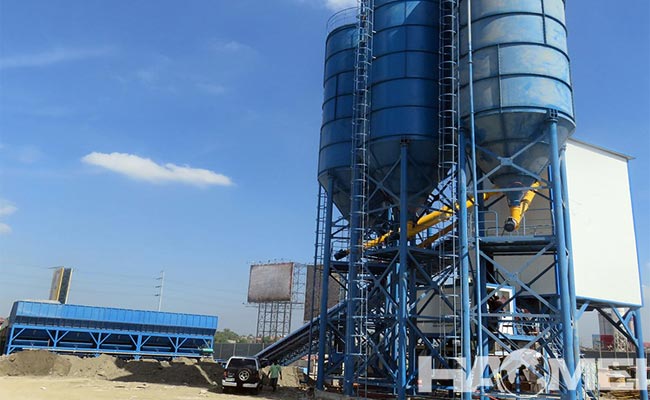
The process of continuous concrete mixing plant are:
1) After starting production, each raw material starts the uniform batching process according to its distance from the inlet of the concrete mixer and reaches the mouth of the mixing tank synchronously;
2) Each material enters the concrete mixer inlet uniformly in proportion;
3) While the concrete mixer is rotating and stirring, the material is advanced forward, and the material starts to stir from the inlet to the outlet and becomes the finished product.
4) After
concrete bathing plant production reaches the preset volume, each material stops in order from the distance from the inlet of the concrete mixer.
5) From the start of production to the end of production, batching, stirring / propulsion, and discharge are continuously performed.
Features of
continuous concrete batching plant are:
1) The main machine works smoothly
The raw materials enter the mixer evenly over a relatively long period of time. No intermittent burst feeding process.
2) The loading of finished products is smooth
The concrete is loaded evenly over a long period of time, and there is no intermittent sudden discharge process.
3) Less space occupation
The large finished product bucket and aggregate storage bucket are reduced, the height is low, and the floor space is small.
4) Low wear of wear-resistant parts
Stir-free and stable stirring, while the amount of stirring is small.
5) Low energy consumption
Low installed power, low stirring capacity, small amount of raw materials evenly entering the concrete mixer and easy to mix evenly.
6) Low use and maintenance costs
Less structural links, short belts, and stable work.








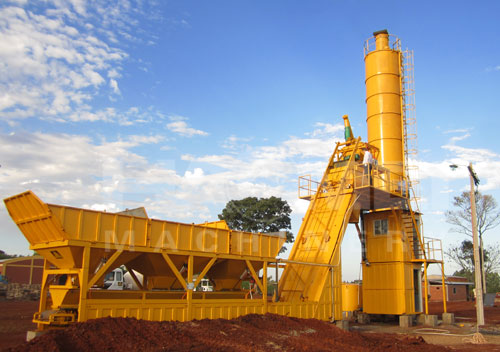
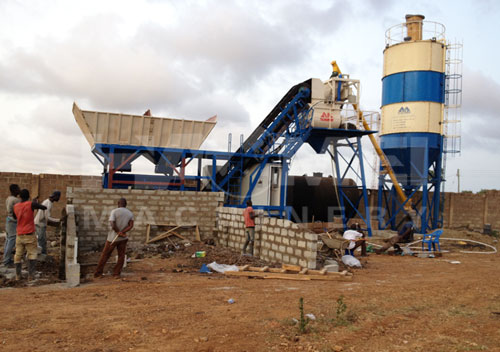
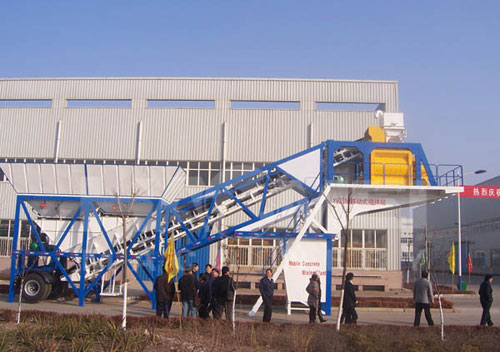
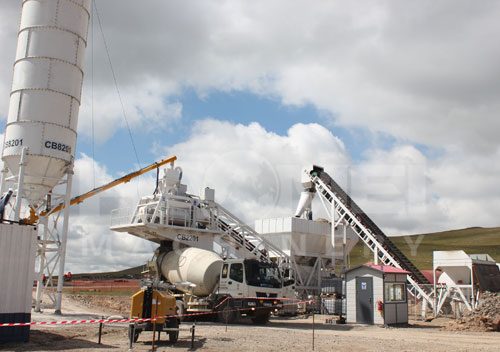

 (Chat Online)
(Chat Online)




